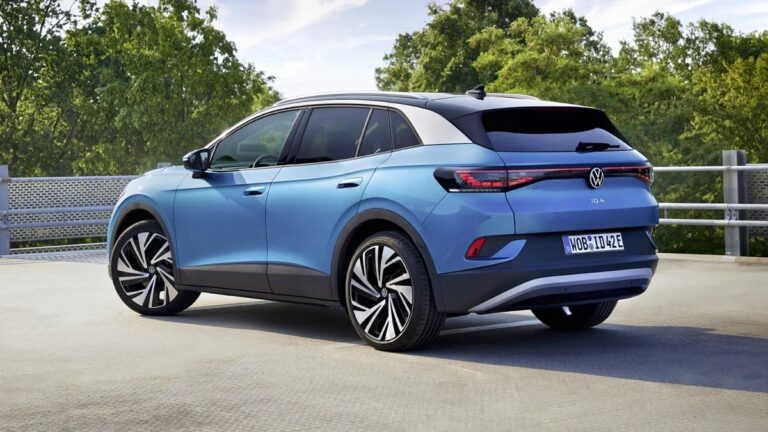Introduction
In a recent announcement that has electrified the automotive community, Elon Musk hinted at a new Tesla update titled ‘Full Self-Driving Supervised’ (FSD). This update reportedly boasts improvements up to tenfold over previous versions, igniting excitement among Tesla enthusiasts and potential buyers alike. However, as history has shown, it may be wise to temper expectations.
The Promised Improvements
Musk’s declaration suggests significant advancements in Tesla’s autonomous driving technology. He claims that the upcoming FSD update will enhance the vehicle’s ability to navigate complex driving situations more efficiently. Key features anticipated in this update include:
- Improved object recognition capabilities
- Enhanced decision-making algorithms
- Better handling of city driving scenarios
- Increased safety measures for both occupants and pedestrians
These improvements aim to refine the driving experience, making it safer and more intuitive for users.
Historical Context: Managing Expectations
While the promises made by Musk are ambitious, it is essential to reflect on past FSD updates and their performance. Several previous announcements have led to heightened expectations that were not fully met upon release. For instance, earlier claims of achieving fully autonomous driving by specific deadlines have consistently been pushed back. The gap between promise and delivery raises questions about the feasibility of Musk’s latest assertions.
Previous FSD Updates
The trajectory of Tesla’s FSD development has been marked by both innovation and delay. Here are notable past milestones:
- 2016: Musk announced that all Teslas would soon achieve full autonomy.
- 2019: The introduction of the ‘Full Self-Driving’ package for a fee, with promises of advanced features.
- 2021: Rollout of the beta version of FSD, which faced criticism for performance issues.
With each iteration, users have experienced both improvements and setbacks. As Tesla continues to push the boundaries of autonomous driving, managing user expectations becomes increasingly crucial.
Safety Considerations
As Tesla advances its autonomous driving technology, safety remains a paramount concern. The FSD updates are rigorously tested, yet the complexity of real-world driving presents challenges that cannot be overlooked. Recent data indicates that while newer versions of FSD have shown improvements in safety metrics, incidents still occur.
Experts recommend that drivers remain vigilant, even with advanced features activated. The idea of ‘Supervised Driving’ suggests that while the vehicle may handle many aspects of driving, human oversight is still necessary.
Conclusion
The upcoming Tesla ‘Full Self-Driving Supervised’ update promises to deliver significant enhancements that could redefine the driving experience. However, as with any major technological announcement, it is prudent for consumers to approach these claims with cautious optimism. With a history of ambitious declarations, managing expectations will be essential as Tesla continues its journey towards full autonomy.

